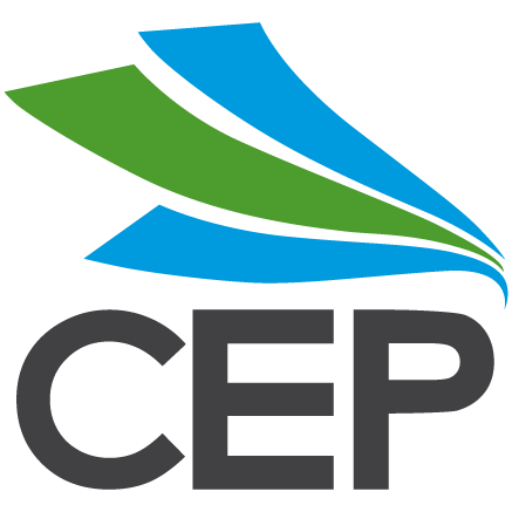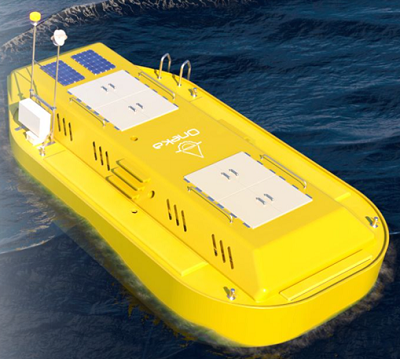Inconsistencies, Agricultural emissions increasing, Supply chain risks and Self-sufficient desalination
In this issue:
Do as I say not as I do
Major fossil fuel producing countries are on track to extract more than double the amount of fossil fuels than is consistent with a 1.5C target, according to the UN-backed Production Gap Report, which goes on to predict oil and gas extraction will continue to increase up to 2050. The planned extraction rate is 69% more than is consistent with a 2C increase. The report covers extraction plans of 20 countries, including Australia, Canada, Norway, the UK and the US, many of whom have declared net zero targets.
China dominates solar
China’s dominance of the solar supply chain is set to continue, according to a new analysis from Wood Mackenzie. Following US$130bn (NZ$220bn) of investment already in 2023, its market share of supply sits at 80%, a position set to continue for at least another three years. Pipeline investment for 2024 suggests China will be able to supply global demand to 2032, at least. The costs of producing modules in China is 50% of that in Europe and 35% of that in the US.
Good news and bad
50% of the world’s largest 2,000 listed companies have now set 2050 net zero targets, that’s up 40% since June 2022. However, only 4% of the world’s largest 2,000 listed companies satisfy the guidelines of a quality pledge as defined by the UN. That’s according to a new report from Net Zero Tracker. Only 37% of those setting a target include Scope 3 emissions and only 13% have a quality threshold for their offsets.
Agriculture emitting more
The latest report from FAIRR (Farm Animal Investment Risk & Return) tells us emissions from the world’s 20 largest publicly listed meat and dairy companies increased more than 3% over the last year. Livestock makes up 14.5% of global emissions, so any increase is alarming. Monitoring and setting reduction targets among these large meat and dairy companies is poor. Almost two thirds of the companies analysed do not disclose Scope 3 emissions and only 4 of the top 20 have net zero targets.
Insurer logic
A new report from Insure Our Future reveals insurers are continuing to underwrite oil and gas production while withdrawing cover from climate change impacted communities. Payouts on natural catastrophes have averaged US$110bn (NZ$186bn) a year since 2017, more than double the average of the previous 5 years. Meanwhile, the insurers took around US$21.25bn (NZ$36bn) in premiums in 2022 from the fossil fuel sector. It seems insurers are happy to support an industry that is causing huge claims. Its response is to control claims by denying cover rather than by helping alleviate them to begin with.
Self-sufficient desalination
With fresh water already in short supply in many areas of the world and with desalination plants expensive to build and energy intensive, the concept of modular desalination units that require no external power input has to be appealing. Oneka technologies of Canada has developed such units. The floating units tether to the seabed and operate on wave generated power. The units will come in three sizes, the largest of which will be 8m x 5m, capable of producing 49,000 litres of fresh water per day. They require a wave height of 1 metre and will be commercially available next year.
A building of two halves
Set to become a feature of the skyline of Seoul, the Terrarium Cheong-Dam, designed by New York based ODA Architecture, has just won the city’s Creative Innovation Architectural Design Competition. The design attempts to bring tenants and nature closer, in part by creating an open space in the middle of the structure. Interesting, but we’re unlikely to see something similar in windy and shaky Wellington.




